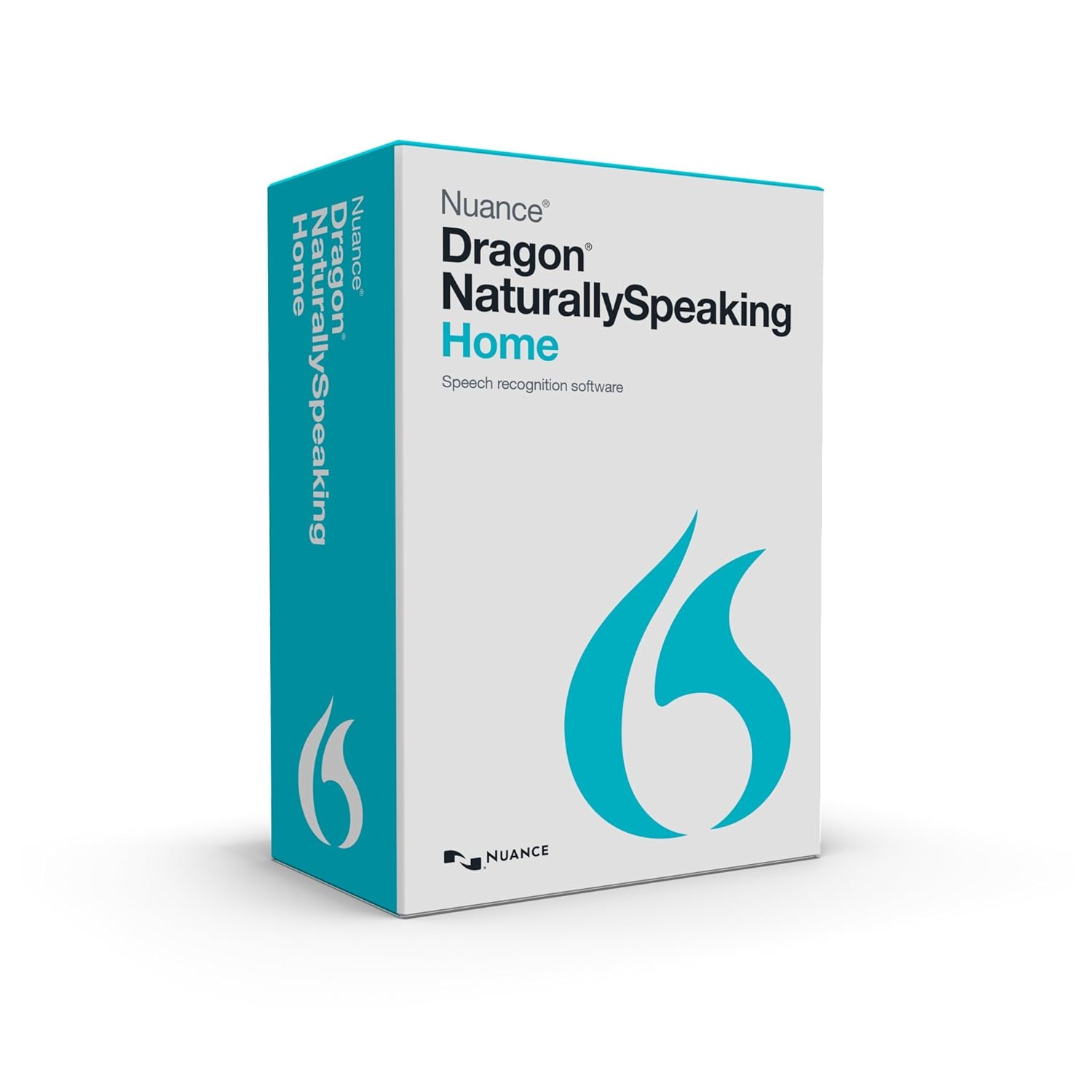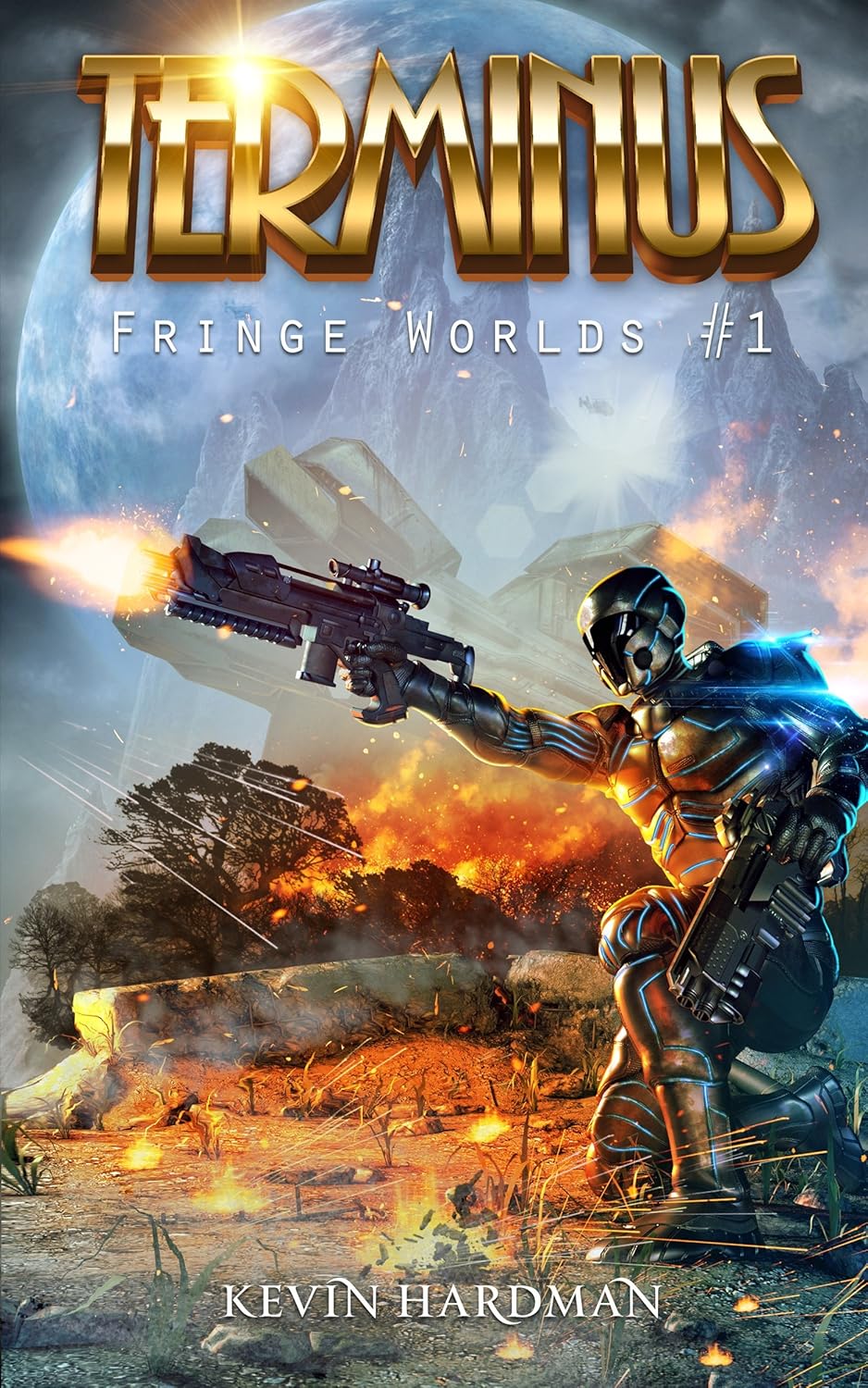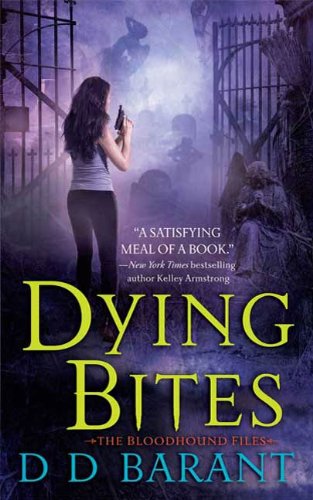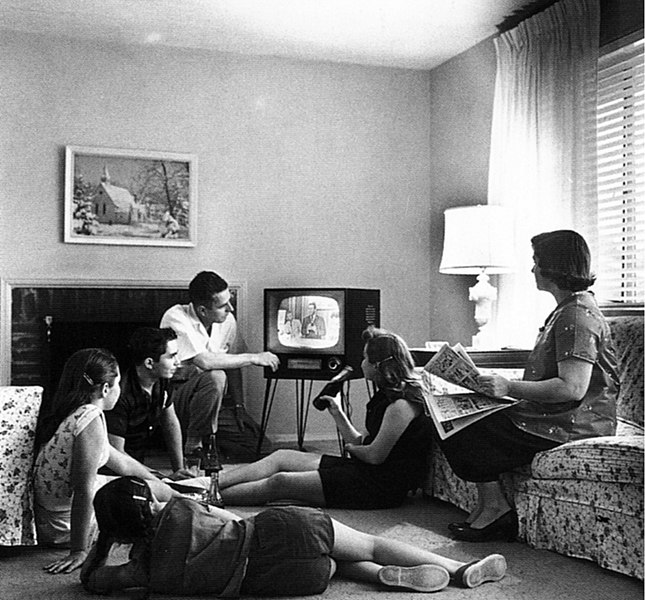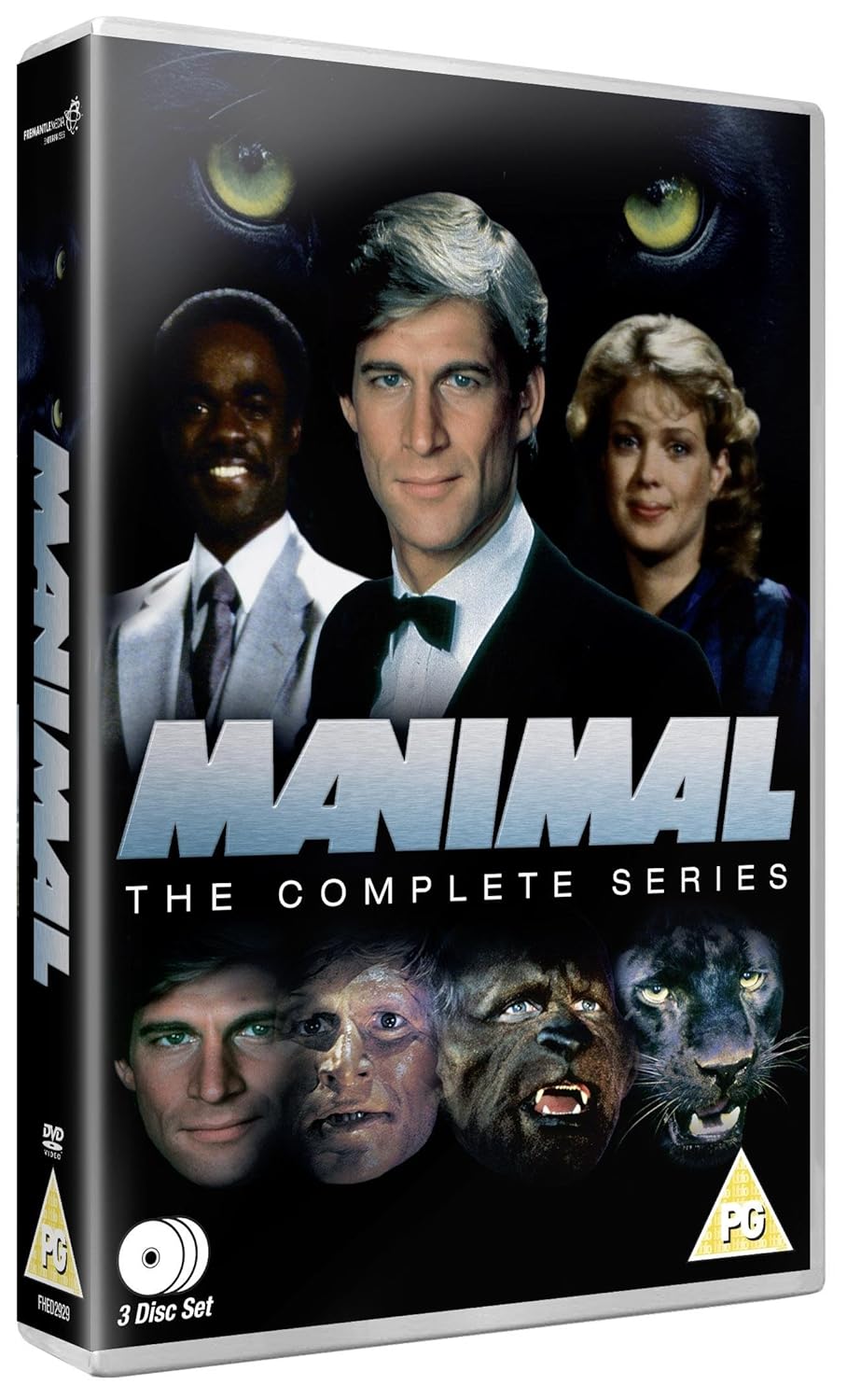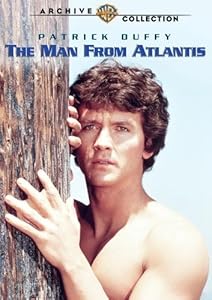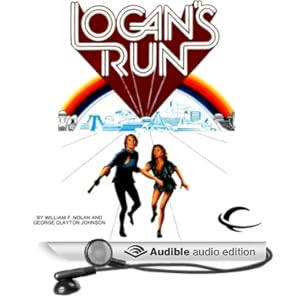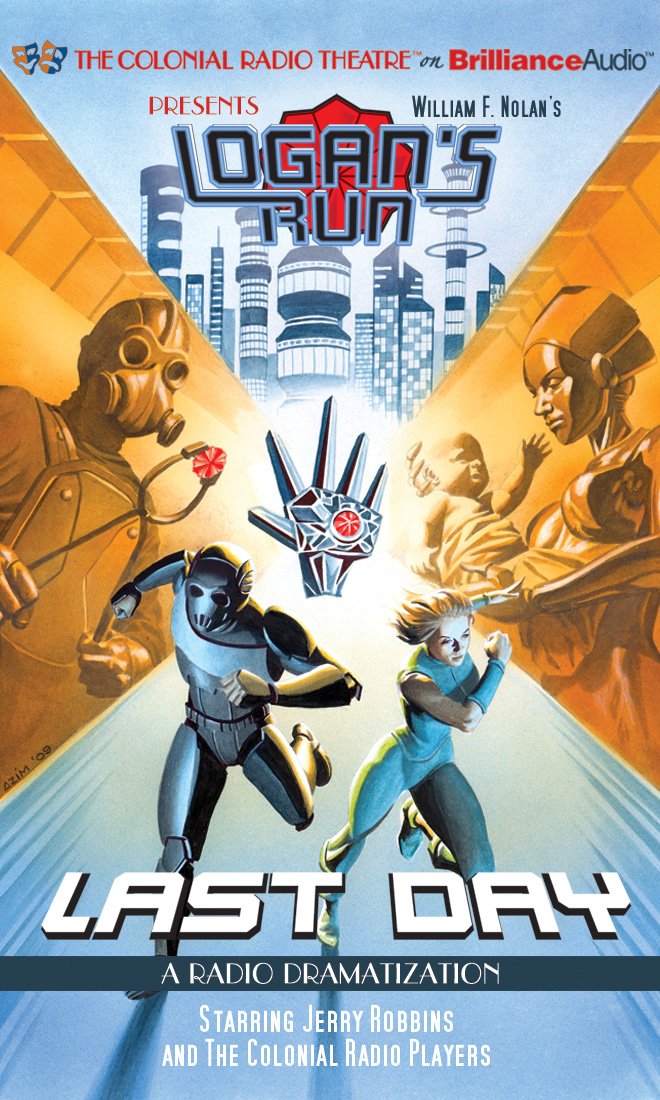I've been fortunate enough to be tagged as the next contributor on the Speculative Fiction Blog Hop, wherein individual authors discuss and provide an overview of their writing process.
I was tagged by the uber-talented Cora Buhlert, who was born and bred in North Germany, where she still lives today - after time spent in London, Singapore, Rotterdam and Mississippi. Cora holds an MA degree in English from the University of Bremen and is currently working towards her PhD. She has been writing since she was a teenager, and has published stories, articles and poetry in various international magazines. When she is not writing, she works as a translator and teacher. Visit her on the web at
www.corabuhlert.com or follow her on Twitter under @CoraBuhlert.
As part of the blog hop, each participating author answers four questions about their writing process, which are as follows:
I. What Are You Working On?
There's an entire heap of projects (in various genres) that I've actually started. However, I've mentioned on several other occasions that I tend to write the story that's making the most noise in my brain. These days, that's a scifi novel that I hope to finish very soon. I've also started the next
Kid Sensation novel, which is my most popular series.
II. How Does My Work Differ From Others of Its Genre?
The question is a little tricky to answer since my fiction currently encompasses two series - the
Kid Sensation series and the
Warden series.
With respect to the Warden books, I suppose the most distinguishing characteristic is that I've chosen to fill those books with non-traditional monsters/antagonists. Rather than vampires, werewolves, and the like, I've chosen to populate my books with a number of other creatures that generally don't get as much airplay: Thus, over the course of three books, my protagonist has entered fiends such as Wendigos, lamias, revenants, selkies, aswangs, and more.
As to the Kid Sensation series, which encompasses superhero novels, one of the things that may be different is that I've tried to incorporate some of the physics into the stories. For instance, if someone can fly at 1000 miles per hour, there's a sonic boom heard by those nearby. If someone runs at high speed, the friction (eg, their thighs rubbing together) can wear out their clothes.
That said, I believe that - in general - the work of writers in the same genre is bound to vary naturally just based the authors' own thoughts, views, experiences, etc. - just as in other realms of entertainment. By way of example, there were two Hercules movies released this year. It was the same subject matter, but two totally different takes on the story. Likewise, I generally think that each author's work, even in overcrowded genres, is as unique and distinctive as the individual writer himself.
III. Why Do I Write What I Do?
As I mentioned, I've actually started quite a number of projects in various genres: mystery, romance, action/thriller, western... In essence, I read a wide spectrum of books and find myself interested in a diverse range of subjects. This, of course, affects my writing. In essence, like so many others, I write whatever interests me.
Nevertheless, I am - at my core - a scifi/fantasy author. (Works in other genres will quite likely be published under a pen name.) That being the case, I suppose I write what I write because I enjoy it. I like being a storyteller, and writing books that people of all ages can enjoy. Plus, writing scifi/fantasy gives me the option to explore the limits of my imagination. There's really no idea that's too far-fetched for me to put into a story.
IV. How Does My Writing Process Work?
I suppose it all starts with the notebook: I have a composition notebook that I take with me everywhere. If I get a good idea for a story, I write it in the notebook. Moreover, each story idea typically gets a couple of pages in the notebook, so that if I get a thought about a scene, dialogue, or anything else, I write it down under the proper story. My notebook is basically my bible.
With respect to actually writing, I typically don't do outlines; for me, the story tends to tell itself. In other words, when I sit down and start typing, it's more like the characters are telling their own story and I'm just taking dictation. This happened in dramatic form with
Sensation, the first novel in my Kid Sensation series; I had an idea of the story I wanted to tell, but in the course of writing the novel veered away so drastically from the book I originally intended to write that no one would believe me if I told them what I'd had in mind initially.
As I mentioned, I don't do outlines. I usually know how I want the story to start and how I want it to end, but not much more than that - the rest is the journey. I do, however, check my notebook throughout the drafting process to make sure I incorporate any worthwhile thoughts. I also usually edit as I write.
When I finish, I typically read through the draft at least twice before sending it to my editor. Quite often, in addition to typos, I'm looking for what I call "logic gaps" - scenes where characters are doing things that advance the story, but which really don't make much sense. For instance, I watched a movie just yesterday where the main character took on a gang of about three dozen bad guys in a warehouse, and everybody was fighting with baseball bats, crowbars, etc. It was a great scene, but at one point my thought became, "All these bad guys are fighting the protagonist, and not one of them has a gun?" I would have bought into any reason they presented for why nobody had firearms (eg, potential gas leak), but they never gave one. It's with things like that I mind that I try - and hopefully succeed - in avoiding logic gaps.
When I get the manuscript back from my editor, I usually read it at least two more times. If I'm comfortable with it at that point it's ready for publishing.
That about sums things up for me, so my thanks to those in charge for being included in the blog hop. Next up is the amazing Ceinwen Langley, an Australian
television writer and author. Her debut YA novel, The Edge of the Woods, has
been described as dystopian Jane Austen, the Hunger Games meets the Stepford
Wives and Margaret Atwood spear-tackling Twilight. (Okay, she said that last one
herself.)
A full time writer, Ceinwen has
contributed short stories to Birdee, an online magazine for young women, and
has taught and spoken at universities and high schools. She spends her spare
time trying to grow European wildflowers in a West Australian climate and
taking pictures of her dog with things on his head. You can find out more about
Ceinwen on her blog:
www.ceinwenlangley.com.
.


